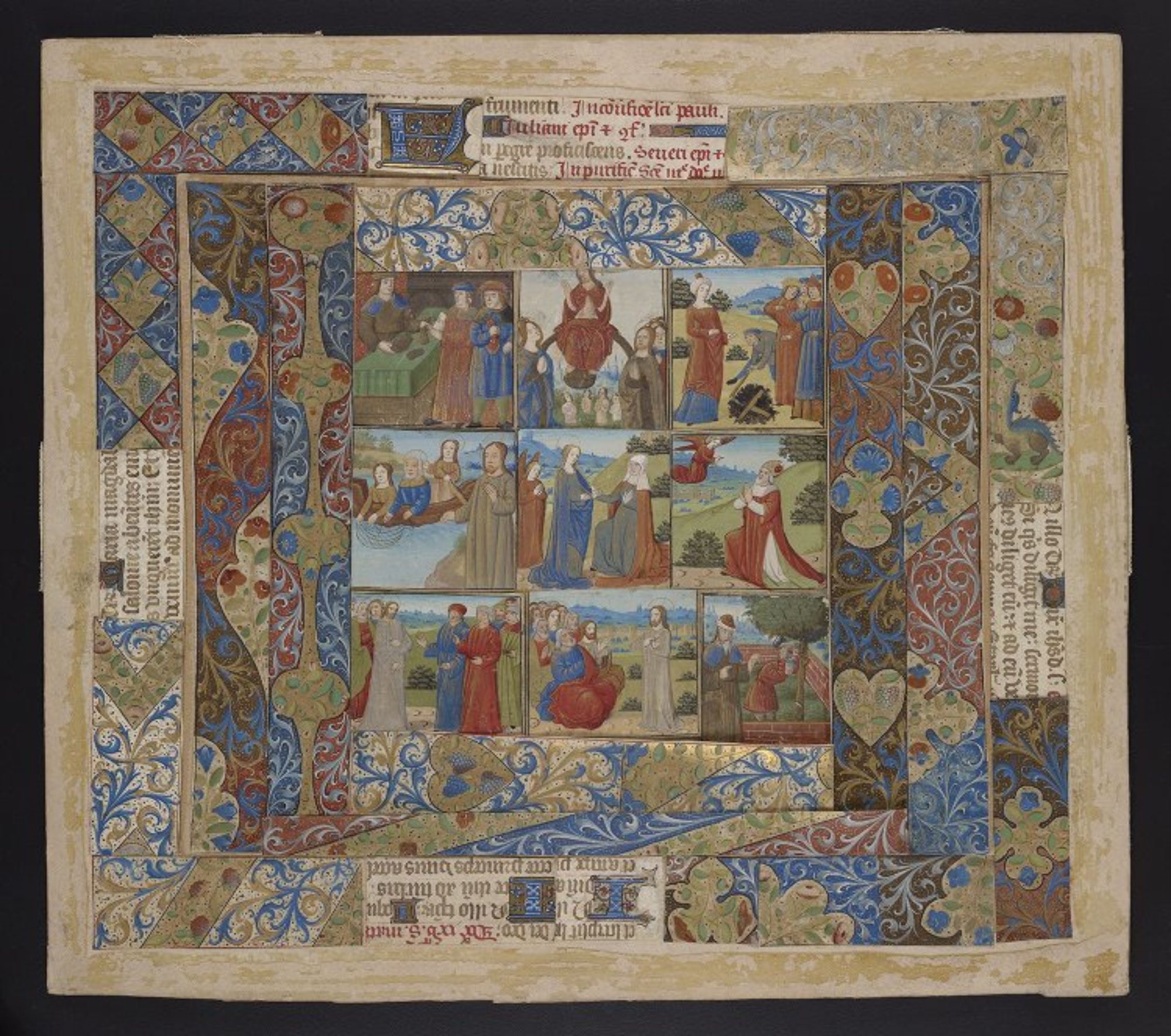For the past couple of days I’ve been working with Doug Emery at Digital Walters on a few things that will greatly improve our little project!
1) Updating the TEI manuscript descriptions to include the height & width for each image file. If you’ve read previous posts on this blog, you know that the BookReader javascript file requires a height & width for the images in order to work correctly. My workflow has been, for each manuscript, open a representative image in Jeffrey’s Exif viewer (http://regex.info/exif.cgi), and take the measurements from that image and hard-coding it into the javascript file. This is time- and effort-intensive, and it makes my head hurt. Having the measurements easily available (like, encoded into the TEI files) means that we now have the option of pulling those measurements out and applying them programmatically. Which leads us to the next cool thing we’ve been doing…
2) Improving the BookReader simple javascript file with a more thoughtful use of code to pull as much as we can out of the metadata rather than hard-coding it. Ideally the same file could be used for each manuscript, but I don’t know if we’ll get to that point.[1] The main problem seems to be with the siglum – it’s not actually coded anywhere in the metadata. When I generated the javascript files that are running the manuscripts now I used XSLT to extract the siglum from the name of the TEI file, but I am having trouble doing something similar using javascript. Although, as I think about it, there’s nothing stopping me from just adding that to the TEI files myself. We’ve already added the measurements, so why not add this too? It would be a simple script and would take a few minutes, and it might just make the javascript file completely free from hard-coded information. Perhaps I’ll try that tomorrow!
Although I started out intending to do everything myself, I’m really glad to have picked up a partner to help me with the javascript (someone who also happens to be knowledgeable about the metadata and able to feed me additional metadata when needed!). I have learned a lot in the past week, and this is the first time I’ve done javascript and really understood how it’s working, and I feel confident applying it on my own. It’s pretty exciting.
[1] If you’ve read previous posts, you know that I do want to have self-contained sets of files for each mss, rather than running everything off of one javascript file controlled by a drop-down list of sigla or something like that. I think that it would be possible to do that, but it’s not really what I want. When I say “the same file used for each manuscript” I mean that identical files could be found running each manuscript. I hope this distinction makes sense.
